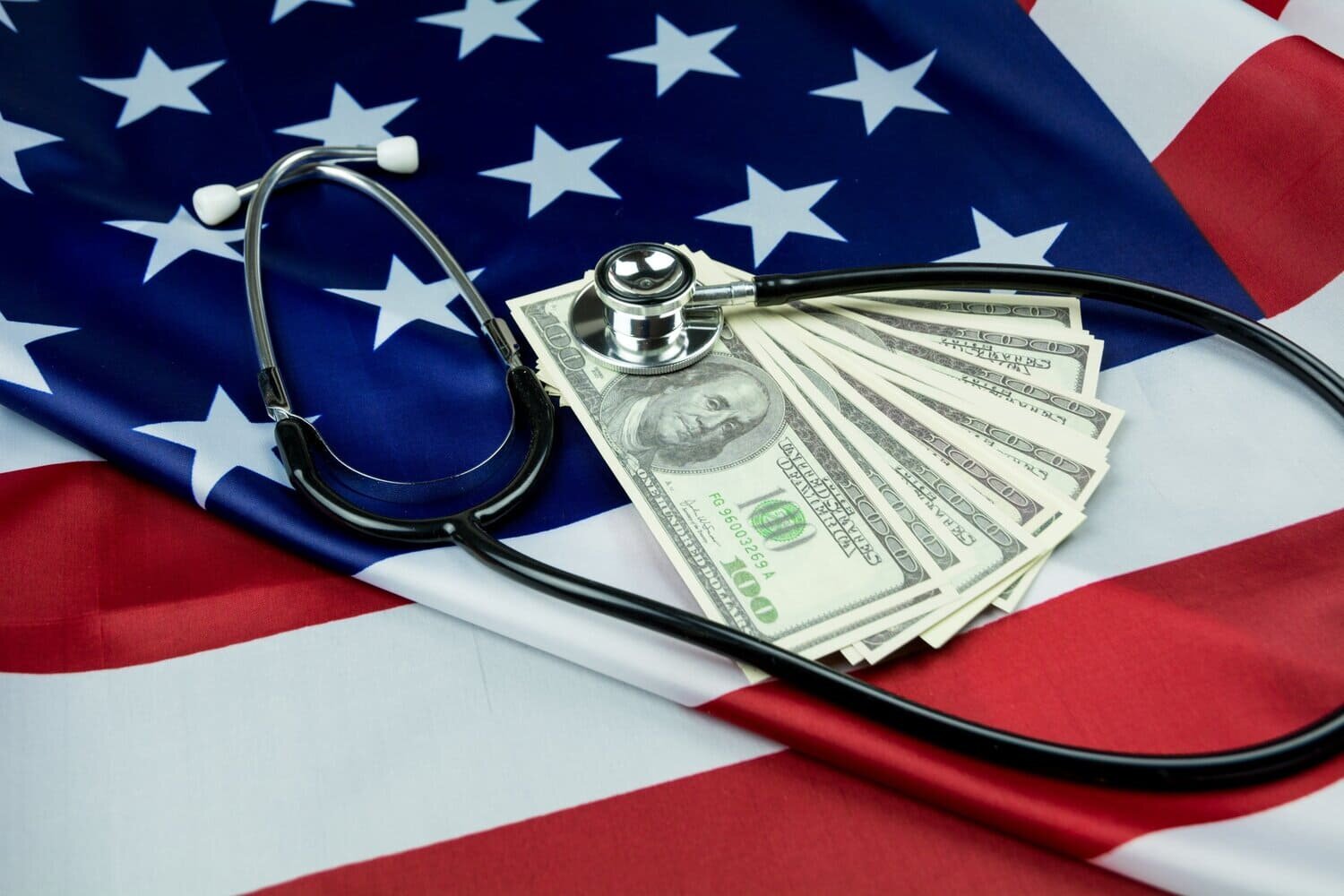Need help applying for affordable Kansas health insurance through the Marketplace? Make an appointment with KAN!
How much does health insurance through the Marketplace cost?
Well, it depends! Some people qualify to get help to pay their monthly health insurance premiums and out-of-pocket costs.
Who qualifies for financial assistance?
Some people may qualify for $0 monthly health insurance premiums and/or $0 yearly deductibles.
You may be able to get help paying for your monthly health insurance premiums and/or out-of-pocket healthcare costs if you:
Have a household income greater than 100% of the federal poverty level which is…
For 2024:
Household of 1 = $15,060
Household of 2 = $20,440
Household of 3 = $25,820
Household of 4 = $31,200
Household of 5 = $36,580
(Add $5,380 for each additional person in your tax household)
Are not offered affordable health insurance through:
insurance offered by a job is less than 8.39% of your household income (if it’s more, you may qualify!)
Medicaid, Medicare, VA, etc.
Have legal immigration status
Some people make less money than they need to qualify for help to pay for health insurance through the Marketplace. This is called the Medicaid gap and KAN advocates to change this law in Kansas.
What is the “help” to pay for your insurance?
There are 2 ways you can get help to pay for your health insurance: help to pay monthly premiums and help to pay out-of-pocket healthcare costs.
1. Help to pay premiums (aka Advanced Premium Tax Credit or APTC)
APTC is a tax credit you can take in advance to lower your monthly health insurance payment (or “premium”). When you apply for coverage in the Health Insurance Marketplace, you estimate your expected income for the year. If you qualify for a premium tax credit based on your estimate, you can use any amount of the credit in advance to lower your premium.
If at the end of the year you’ve taken more premium tax credit in advance than you’re due based on your final income, you’ll have to pay back the excess when you file your federal tax return.
If you’ve taken less than you qualify for, you’ll get the difference back.
Health Insurance Marketplace advanced premium tax credit explained.
2. Help to pay out-of-pocket healthcare costs (aka cost-sharing reductions or CSR)
CSR is a discount that lowers the amount you have to pay for deductibles, copayments, and coinsurance. In the Health Insurance Marketplace, cost-sharing reductions are often called “extra savings.”
These savings will be listed in the Silver category even though the plans may offer more coverage than a typical Silver plan.
If you're a member of a federally recognized tribe or an Alaska Native Claims Settlement Act (ANCSA) Corporation shareholder, you may qualify for additional cost-sharing reductions.
Health Insurance Marketplace cost charing reductions explained.
Family Glitch
The Affordable Care Act requires employers to provide “affordable” insurance ONLY for the workers themselves – not for their families. The family glitch is a regulation that keeps children and some adults from obtaining Marketplace tax credits if one parent has affordable employer coverage that is deemed “affordable”, even if family coverage is not affordable. Put simply - If the insurance premium offered to just the employee (not the family) is less than 9.66% of your annual income, family members can not receive financial assistance in the Marketplace.
Email KAN at admin@ksassist.com to tell your family glitch story so we can advocate changing this problem.
The American Rescue Plan and the Health Insurance Marketplace
The America Rescue Plan Act (ARPA) helped many Americans pay bills during the COVID-19 pandemic. Some of this help was for health insurance through the Marketplace.
Lower premiums for people already enrolled
People who qualify for help to pay their premiums will get MORE help to pay because the percentage used to calculate how much folks should pay was reduced from 9.83% of household income to 8.5%.
People with higher incomes qualify for help to pay premiums
Before, people had to have incomes between the 100-400% federal poverty level to get help to pay monthly premiums. Now, if you’re not offered insurance at work (family glitch), and Marketplace insurance is more than 8.5% of your annual income, you can get help no matter what your income level!
Premium help for people who claimed unemployment in 2021
If you receive unemployment at any time during 2021, you can get the maximum level of Marketplace premium assistance regardless of your final income for the year. For most people, this means paying $0 a month.
Forgiveness of overpayment of 2020 financial assistance
If you got help to pay for insurance in 2020 but had to pay some of it back because you underestimated your final income, you don’t have to pay it back. If you already paid it back, you should get a refund.



